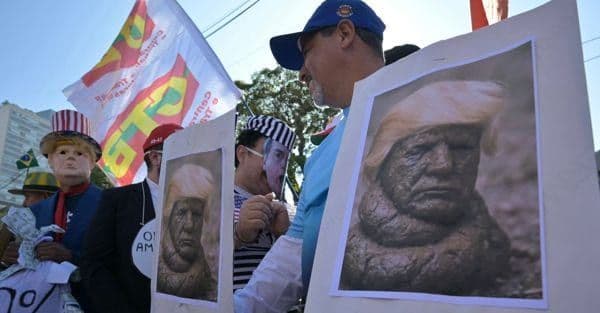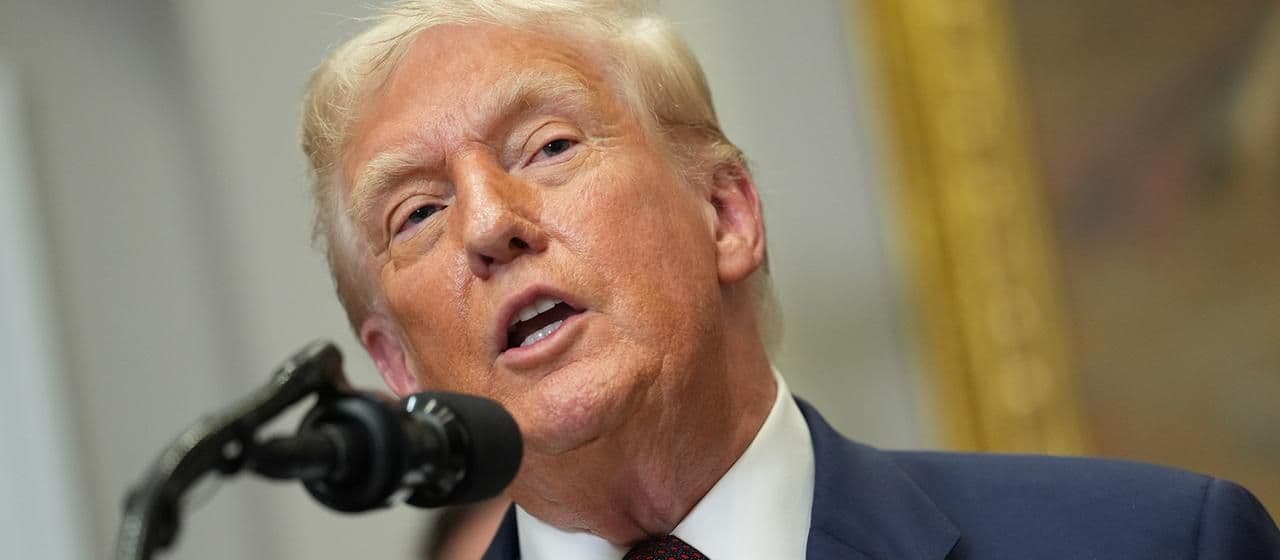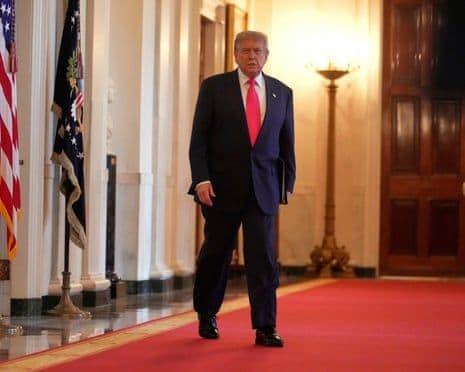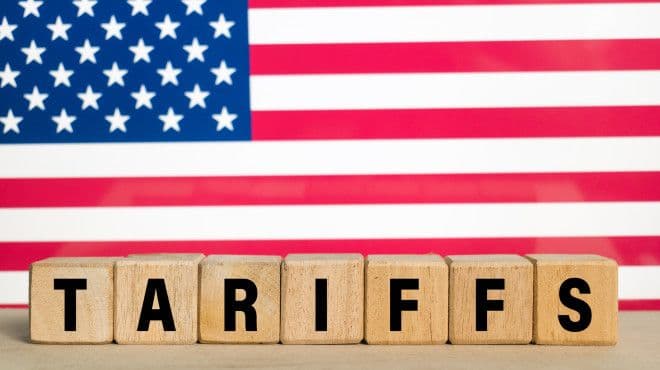Beyond the Numbers: Unraveling the True Impact of Trump's Global Tariff Gambit
Dive deep into Trump's global tariffs, uncovering unexpected winners like Parmigiano, the real impact on nations, and how currency shifts affect trade dynamics. A fresh look.
The Illusion of Simplicity: What the 15% Doesn't Tell You
When the administration announced a 15% tariff on most imports from the , it sounded like a straightforward deal. Yet, beneath this headline figure lies a much more intricate and, frankly, less settled reality. Crucially, the automotive sector, including cars and their components, remains outside this new 15% agreement, still facing a hefty 27.5% tariff. This is a significant detail, especially since it was widely understood to be part of the initial political agreement reached just days prior. From , European Trade Commissioner described the US order as merely a "first step" in implementing the broader accords. The , alongside the , continues to hammer out the details for a joint declaration, indicating that this trade chapter is far from closed. Moreover, the global picture is even more complex; consider , where a staggering 35.9% of its 2024 exports to the , valued at $14.5 billion, will face a new 50% customs tariff starting August 6th. Clearly, the 15% figure, while grabbing headlines, offers only a partial glimpse into a highly selective and evolving trade policy.
Winners, Losers, and Unexpected Swings: Global Trade's Shifting Sands
The ripple effects of these tariffs are anything but uniform, creating a complex tapestry of winners, losers, and surprising beneficiaries. While the general consensus points to increased costs for businesses and consumers, risking a global economic slowdown, some specific outcomes defy easy categorization. For instance, amidst the broader tariff landscape, Italian cheese has surprisingly found itself in a advantageous position, securing a beneficial agreement. However, other European sectors are not so fortunate; wine and spirits exporters, for example, openly voice fears about continued tariffs, even as the secured exemptions for other key industries. Industry groups like lament the lack of a zero-tariff agreement for agri-food products, warning that European producers risk losing significant market share to competitors who continue to enjoy a more favorable 10% tariff. Beyond the , the impact is even starker: , for one, is reportedly "in shock" over a steep 39% tariff, while faces a 35% tariff, prompting its Prime Minister to advocate for a "Buy Made in Canada" strategy. This uneven application of tariffs underscores the fragmented nature of trade policy.
The Currency Conundrum: Dollar's Woes and Europe's Export Headache
As tariffs reshape trade flows, another powerful, often interconnected, force is at play: currency valuations. Italian Deputy Prime Minister recently voiced a significant concern, noting that the remains "too weak" against the . Why does this matter so much? A weaker dollar makes European goods more expensive for American buyers, effectively acting as an additional, invisible tariff on top of the explicit ones. This directly hinders ability to export, exacerbating the challenges already posed by direct customs duties. didn't just highlight the problem; he proposed a solution: the () should further reduce interest rates, potentially even reaching zero as seen during the , and consider quantitative easing by purchasing government bonds. Such a move would aim to weaken the , making European exports more competitive. This underscores how trade policy isn't just about tariffs; it's a multi-faceted game where monetary policy and currency strength play a crucial role, determining the real cost of goods and influencing global economic stability, already threatened by rising costs and potential slowdowns.
Beyond the Blueprint: What's Next for Transatlantic Trade?
The current trade landscape, defined by these recent tariff announcements, is clearly a work in progress, not a finished masterpiece. The very fact that the and are still striving to finalize a joint declaration signals ongoing negotiations and potential for further adjustments. This fluid situation is forcing nations to fundamentally rethink their trade strategies and geopolitical alignments. Take , for example: reeling from a 39% tariff, media and politicians are openly questioning their long-held "special relationship" with the , with some advocating for a closer alignment with the as a protective measure. has even pushed back against analysis of their trade balance, signaling a more assertive stance. Meanwhile, proactive call to "Buy Made in Canada" demonstrates a clear pivot towards domestic support in the face of steep tariffs. Even within the , the Commission faces criticism despite securing some exemptions, highlighting internal divisions on the effectiveness of their negotiating strategy. As the touts the commitment not to tax digital networks and to invest billions, it's clear that the narrative surrounding these trade agreements is as contested as their economic impact. This era of tariffs is not just about numbers; it's about reshaping international relationships and forcing difficult strategic choices.
Related Articles

The Unpredictable Toll: Unpacking Trump's Differentiated Tariffs on Global Partners

The Unpredictable Toll: Unpacking Trump's Differentiated Tariffs on Global Partners

The Unfolding Trade Chessboard: Trump's Tariffs and the Global Response

The Unfolding Trade Chessboard: Trump's Tariffs and the Global Response

The Reciprocal Ripple: Unraveling Trump's Trade Gambit on the Global Stage

The Reciprocal Ripple: Unraveling Trump's Trade Gambit on the Global Stage

The Unraveling of Alpine Diplomacy: When Special Status Met 'America First'
